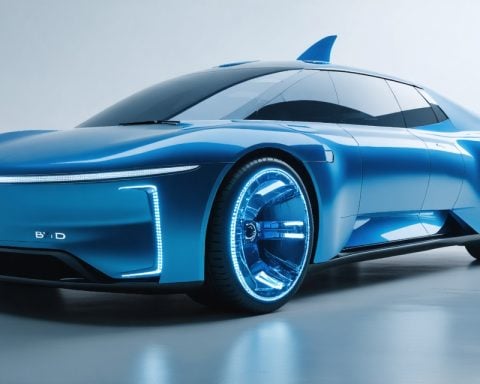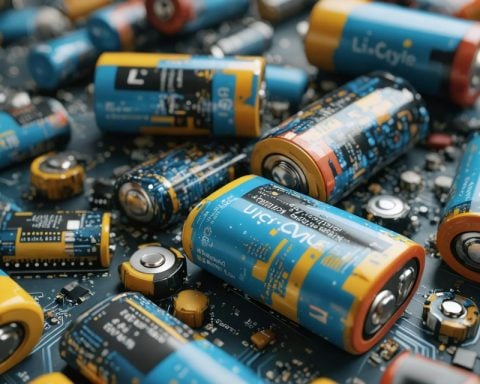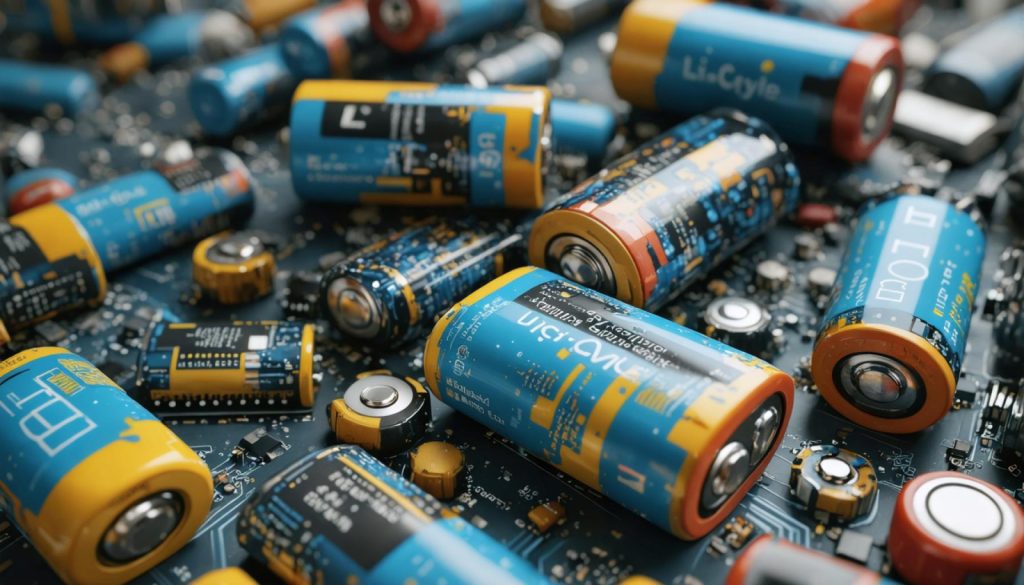- GPUs are pivotal in AI development due to their ability to process extensive data simultaneously, overshadowing CPUs.
- Nvidia dominates the GPU market with a 90% share, driven by innovation and the indispensable CUDA platform.
- AMD competes as a strong contender with its Instinct GPUs and diverse chip lineup, though it struggles with developer adoption.
- Nvidia saw a remarkable 126% revenue increase in 2023, propelled by AI demand, yet faces geopolitical and competitive challenges.
- AMD seeks growth through PC market recovery and exploiting Intel’s vulnerabilities.
- Investors are intrigued, with Nvidia’s positioning in data centers suggesting a more secure investment path for now.
- The accelerating AI industry places Nvidia and AMD at the forefront of an evolving digital landscape watched globally.
Once relegated to video games and graphic design, the unassuming GPU has risen to glory as the crucial engine of artificial intelligence. Its ability to process vast swathes of data simultaneously sets it apart from the humble CPU and positions it as the star player in today’s data-driven world. Two tech giants vie for dominance in this arena: Nvidia and AMD, both fighting for a stake amid the AI frenzy.
Nvidia, the titan of GPUs, commands a staggering 90% of the market, its foothold buttressed by a consistent streak of innovation and savvy marketing strategies. This goliath provides the muscle behind AI powerhouses like OpenAI and Google, owing much to its proprietary CUDA platform that makes its hardware indispensable to developers.
By contrast, AMD emerges as the scrappy underdog, leveraging its versatile lineup of chips across gaming consoles and PCs. Though its Instinct GPUs compete fiercely with Nvidia’s Hopper series, it faces limitations in developer adoption due to the lack of native CUDA support. Despite these obstacles, AMD is fanning the flames with competitive pricing and a robust suite of Epyc CPUs and Radeon GPUs that eagerly snap at Nvidia’s heels.
As the dust settles after a frenzied 2023, Nvidia shines with an eye-popping 126% revenue spike, fueled by the exponential demand for AI prowess. Predictions suggest a continued upward trajectory, albeit shadowed by geopolitical and competitive hurdles. Meanwhile, AMD’s trajectory relies on recovering PC markets and exploiting Intel’s vulnerabilities in the CPU battleground.
Investors ponder: where to place their bets in this high-stakes race? Nvidia’s steady march in data centers paints it as a more promising venture, at least for now. The AI renaissance propels these silicon behemoths towards a digital destiny, but one thing is certain—the world watches in eager anticipation.
The AI Revolution: How GPUs Steal the Spotlight and Shape the Future
Introduction
The graphics processing unit (GPU) once lived in the shadows of gaming computers and graphic design workstations. Today, it is the heart of artificial intelligence technology, far surpassing its traditional role with advanced computational capabilities. In this rapidly evolving landscape, two giants—Nvidia and AMD—compete fiercely for supremacy. Here, we explore the consequential aspects of this competition, along with actionable insights and forecasts about the booming GPU market.
How GPUs Are Transforming AI
Real-World Use Cases:
– Machine Learning & AI: GPUs accelerate data-intensive operations in neural networks, making them essential for deep learning applications. Companies like OpenAI and Google rely heavily on Nvidia GPUs for training and deploying AI models.
– Autonomous Vehicles: The extensive data processing capabilities of GPUs are vital for real-time image and sensor data analysis in self-driving cars.
– Healthcare: GPUs are central to AI-driven medical diagnostics, assisting in analyzing medical imagery and data for faster and more accurate results.
Controversies & Limitations:
– Energy Consumption: GPUs are power-hungry, leading to increased electricity consumption and operational costs, a concern in data centers striving for sustainability.
– Market Monopoly: Nvidia’s dominance with a 90% market share raises concerns about reduced competition and potential impacts on pricing and innovation.
Nvidia vs. AMD: A Closer Look
Reviews & Comparisons:
– Nvidia: The leader with a comprehensive ecosystem, including its CUDA platform, which has unparalleled developer support. The company’s A100 and H100 GPUs are benchmarks in performance and energy efficiency.
– AMD: Known for its competitive pricing and versatile product lineup, AMD’s Instinct series competes well in performance but lags in software ecosystem and community support due to the absence of CUDA compatibility.
Market Forecasts & Industry Trends:
– The global GPU market is projected to reach over $200 billion by 2028, driven by advancements in AI, gaming, and virtual/augmented reality.
– Nvidia’s Growth: Predicted to continue its upward trajectory with consistent innovation in AI and data center GPUs.
– AMD’s Strategy: Aims to capitalize on a broader PC market recovery and leverages its strong CPU offerings like the Epyc series to challenge Nvidia’s dominance.
Insights & Predictions
– Security & Sustainability: Nvidia and AMD are developing GPUs with enhanced security features to protect AI models from potential threats. Eco-friendly practices, such as energy-efficient GPU designs, are becoming a key focus.
– Industry Innovations: Expect breakthroughs in quantum computing and quantum-machine learning that could alter the competitive landscape.
– Geopolitical Influences: Trade tensions and semiconductor supply chain disruptions could impact production and availability, influencing market dynamics.
Pros & Cons Overview
Nvidia:
– Pros: Comprehensive ecosystem, unmatched performance, strong AI-centric innovations.
– Cons: Higher cost, market dominance may stifle competition.
AMD:
– Pros: Competitive pricing, strong presence in consumer and gaming markets.
– Cons: Software ecosystem lags, limited developer support for AI applications.
Actionable Recommendations
1. For Investors: Consider diversifying by investing in both Nvidia and AMD to hedge against market volatility while capitalizing on each company’s strengths.
2. For Developers: Engage with Nvidia’s CUDA platform for extensive AI project support, but keep an eye on AMD’s competitive offerings.
3. For Consumers: If cost is a factor, AMD provides excellent value for general computing and gaming. However, for high-performance AI applications, Nvidia remains the preferred choice.
For a deeper understanding of their latest product offerings and capabilities, visit Nvidia’s official site here or AMD’s official site here.
Embrace the future of AI with a strategic approach to technology and investment, poised to navigate the evolving landscape of GPU capabilities!
















